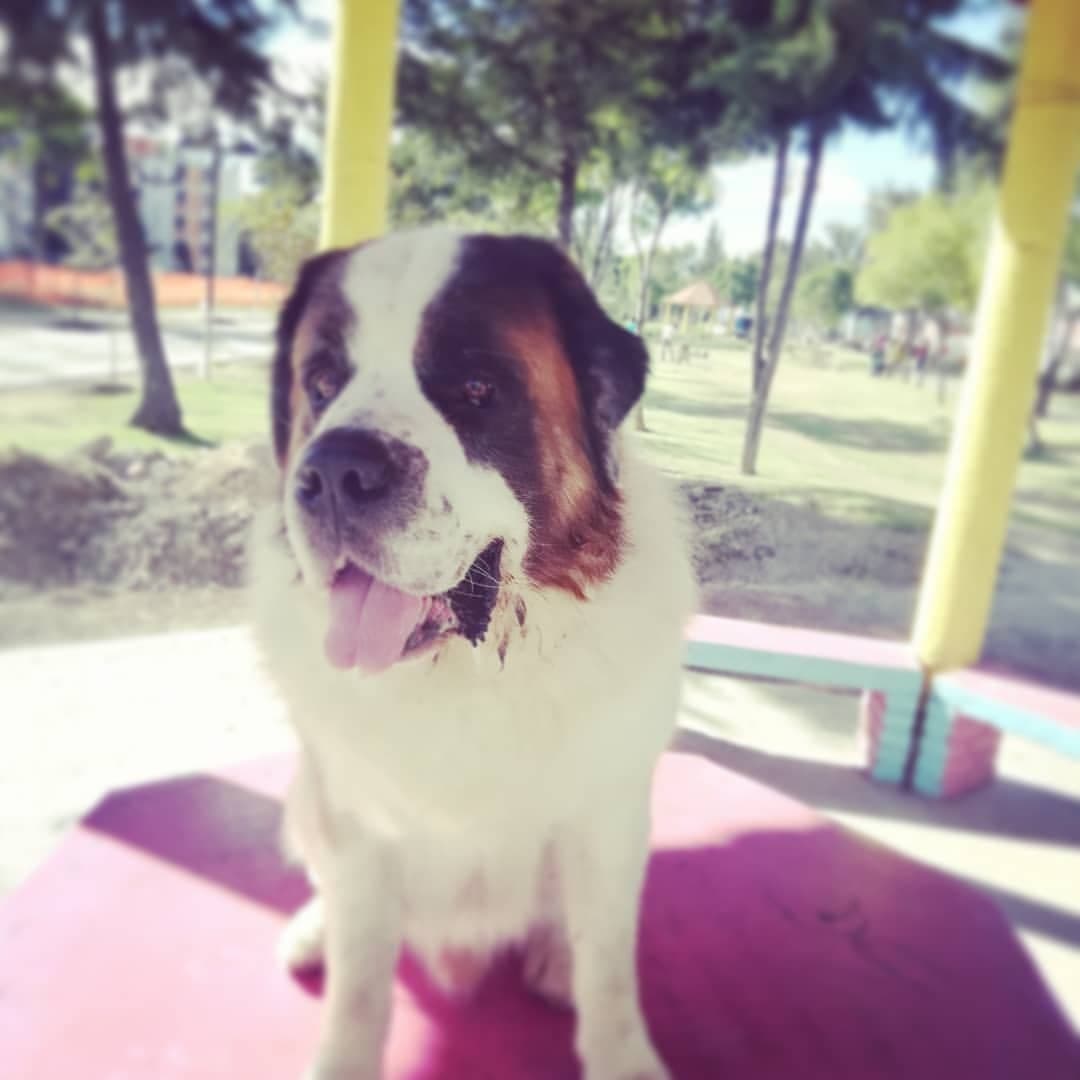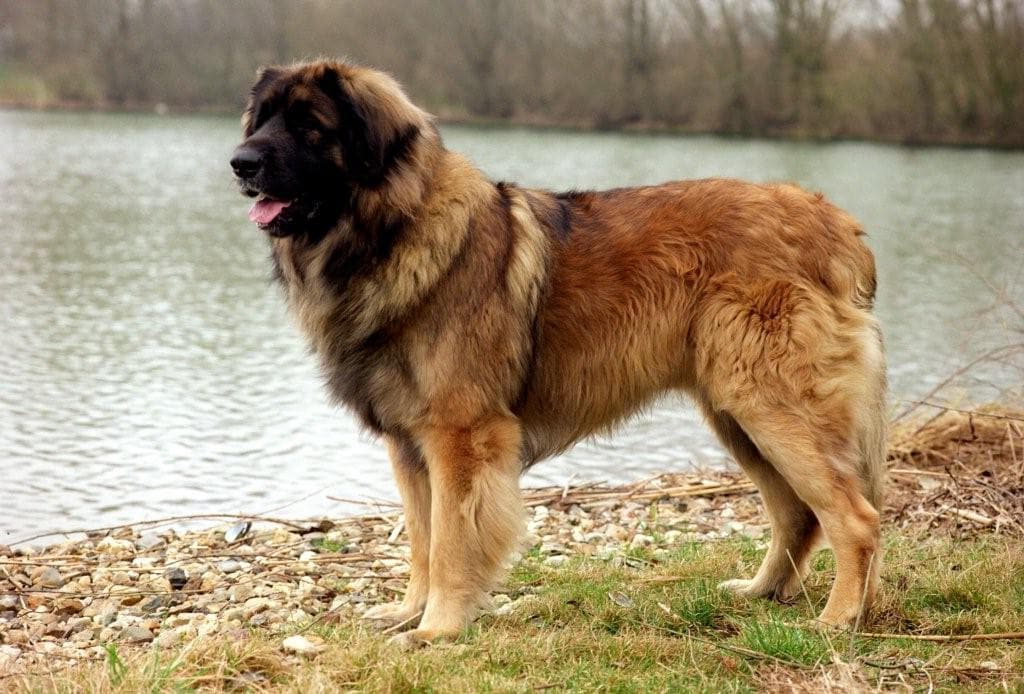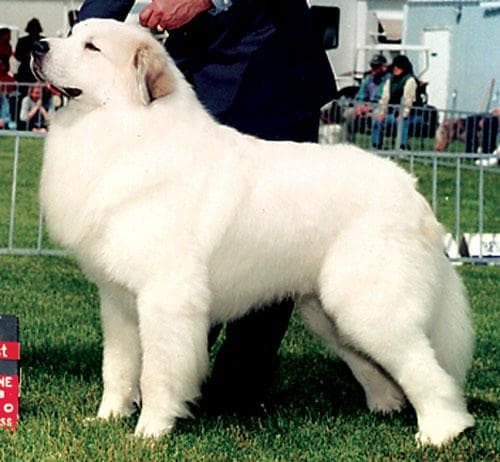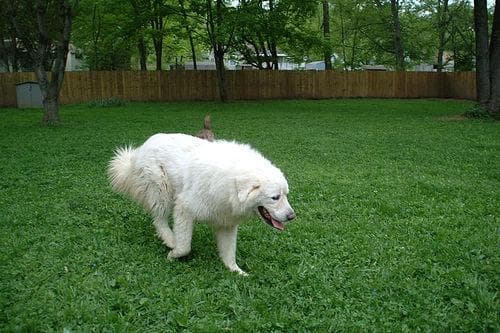What Makes Mountain Dogs Special?
Mountain dogs are large, powerful breeds developed in alpine regions. They're known for their gentle nature, loyalty, and impressive working abilities.
Protective & Loyal
Bred to guard livestock and property in harsh mountain conditions, these dogs are naturally protective of their families. They're loyal, devoted companions who take their guardian role seriously while remaining gentle with family members.
Gentle Giants
Despite their massive size, mountain dogs are known for being gentle, patient, and affectionate. They're excellent with children and make wonderful family pets. Their calm demeanor belies their protective instincts.
Built for Cold Weather
These breeds have thick, weather-resistant double coats designed for alpine climates. They thrive in cold weather and love snow. They need regular grooming and may struggle in hot climates without proper care.
Swiss Mountain Dog Breeds
The four Swiss mountain dog breeds (Sennenhunds) are iconic working dogs from the Swiss Alps, known for their tri-color coats and versatile abilities.

Saint Bernard

Bernese Mountain Dog

Tibetan Mastiff

Great Pyrenees

Anatolian Shepherd

Leonberger
Mountain Dog Breed Spotlight
Bernese Mountain Dog: The Ultimate Family Dog
The Bernese Mountain Dog is one of the most beloved large breeds in the world. With their striking tri-color coat (black, white, and rust), gentle temperament, and loyal nature, Berners make exceptional family companions. Originally bred as farm dogs in the Swiss Alps, they helped with herding cattle, pulling carts, and guarding property. Today, they're cherished for their affectionate, patient nature with children and their eagerness to be part of family activities. They do require regular exercise and grooming, and unfortunately have a shorter lifespan than many breeds (7-10 years).
Saint Bernard: The Legendary Rescue Dog
Saint Bernards are famous for their history as rescue dogs in the Swiss Alps. Monks at the Great Saint Bernard Hospice bred these massive dogs to rescue travelers lost in snowstorms. They can weigh up to 180 pounds or more, making them one of the largest breeds. Despite their imposing size, Saints are gentle, patient, and excellent with children - earning them the nickname "nanny dogs." They drool considerably and need space, but their loving, calm nature makes them wonderful family companions.
Great Pyrenees: The Majestic Guardian
The Great Pyrenees is a large, white livestock guardian dog from the Pyrenees Mountains between France and Spain. These majestic dogs were bred to guard sheep flocks from wolves and bears, working independently in harsh mountain conditions. They're calm, patient, and gentle with family but naturally wary of strangers and fiercely protective when needed. Great Pyrenees have a beautiful, weather-resistant white coat and a dignified, elegant bearing. They're intelligent but can be independent-minded.
Leonberger: The Lion-Like Companion
Leonbergers are massive, lion-like dogs with a gentle, friendly temperament. Created in Germany by crossing Saint Bernards, Newfoundlands, and Great Pyrenees, they can weigh up to 170 pounds. Despite their size, Leos are known for being playful, affectionate, and excellent with children. They're versatile working dogs used for water rescue, therapy work, and as gentle family companions. Their beautiful mane and elegant movement make them truly striking dogs.
More Mountain Dog Breeds
Explore other mountain and livestock guardian breeds from alpine regions around the world.

Bernese Hound

Appenzeller Sennenhund

Berger des Pyrenees

Kuvasz

Bernese Mountain

Swiss Mountain

Pyrenees
Living with Mountain Dogs
Space & Environment
Mountain dogs are large and need adequate space. While they can adapt to suburban living with proper exercise, they do best with a yard where they can patrol and move freely. They love cold weather and may be uncomfortable in hot, humid climates. Air conditioning and plenty of fresh water are essential in warmer regions. Many mountain dogs are relatively calm indoors despite their size.
Exercise & Activity
Despite their size, many mountain dogs are moderate energy dogs. They need daily exercise but aren't hyperactive. Long walks, hiking, and play sessions are ideal. Avoid intense exercise in hot weather. Many love pulling carts or sleds, which provides exercise and mental stimulation. Swimming is excellent exercise for these large dogs, being easy on their joints.
Grooming Requirements
Mountain dogs have thick double coats that shed heavily, especially during seasonal changes. They need regular brushing (at least 2-3 times weekly, daily during shedding season) to prevent matting. Professional grooming every few months helps manage their coat. Regular nail trimming, ear cleaning, and dental care are important. Be prepared for significant shedding and fur cleanup.
Training & Socialization
Start training and socialization early - a 150+ pound dog needs good manners! Mountain dogs are intelligent but can be independent, as they were bred to make decisions guarding livestock. Use positive reinforcement methods. They mature slowly, remaining puppy-like for 2-3 years. Be patient and consistent. Many mountain dogs are naturally protective, so socialization with strangers and other animals is crucial.
Health Considerations
Large breeds have shorter lifespans (7-10 years typically) and are prone to certain health issues. Hip and elbow dysplasia are common. Bloat (gastric torsion) is a life-threatening emergency large breeds face - feed multiple small meals and avoid exercise around mealtimes. Regular vet care, maintaining healthy weight, and choosing reputable breeders who health test are essential. Joint supplements may help as they age.